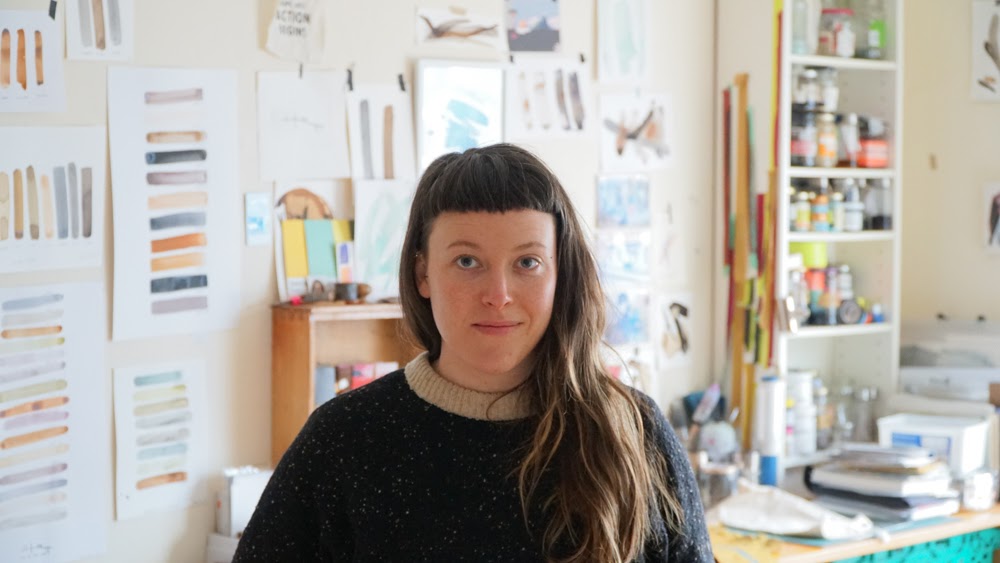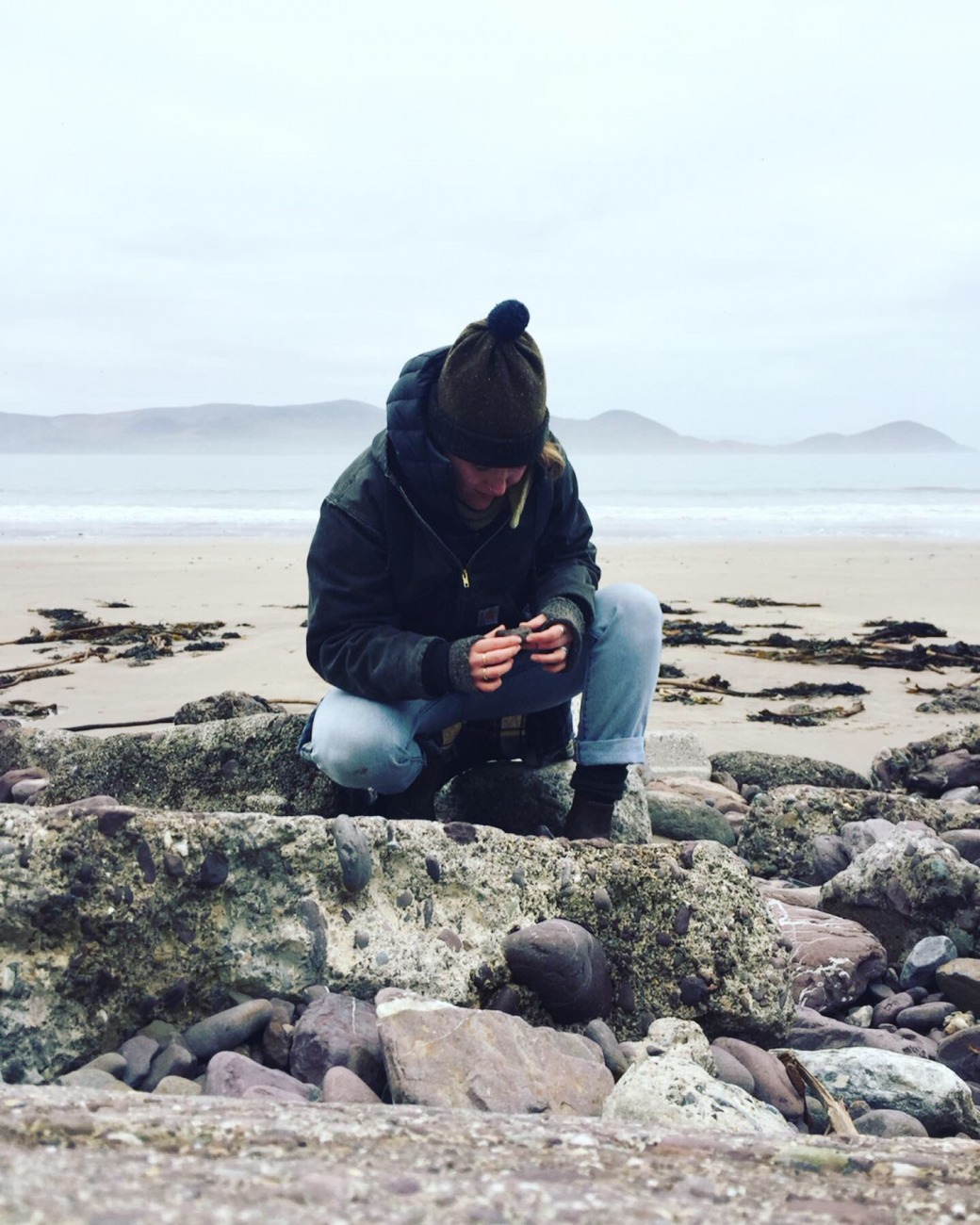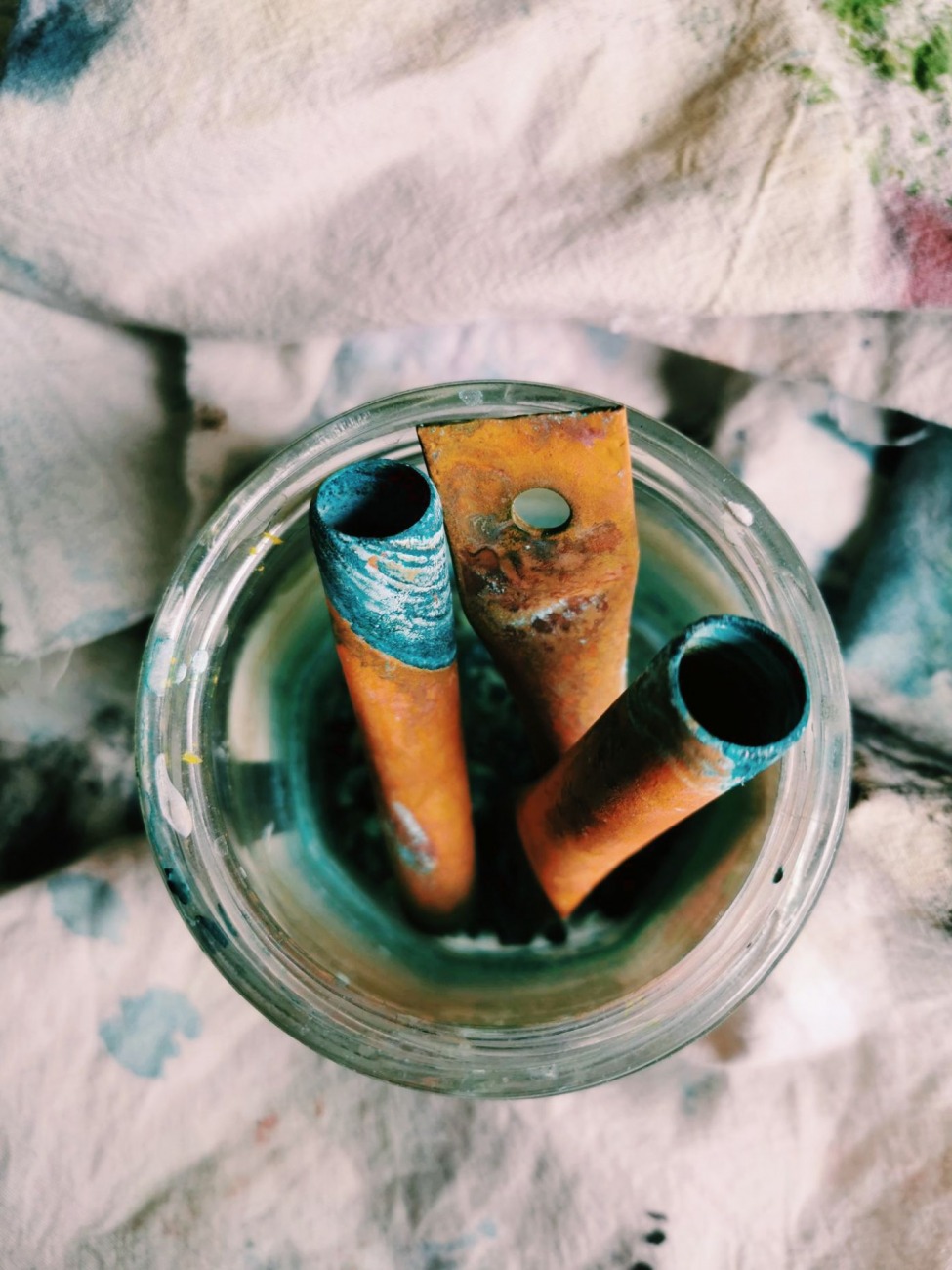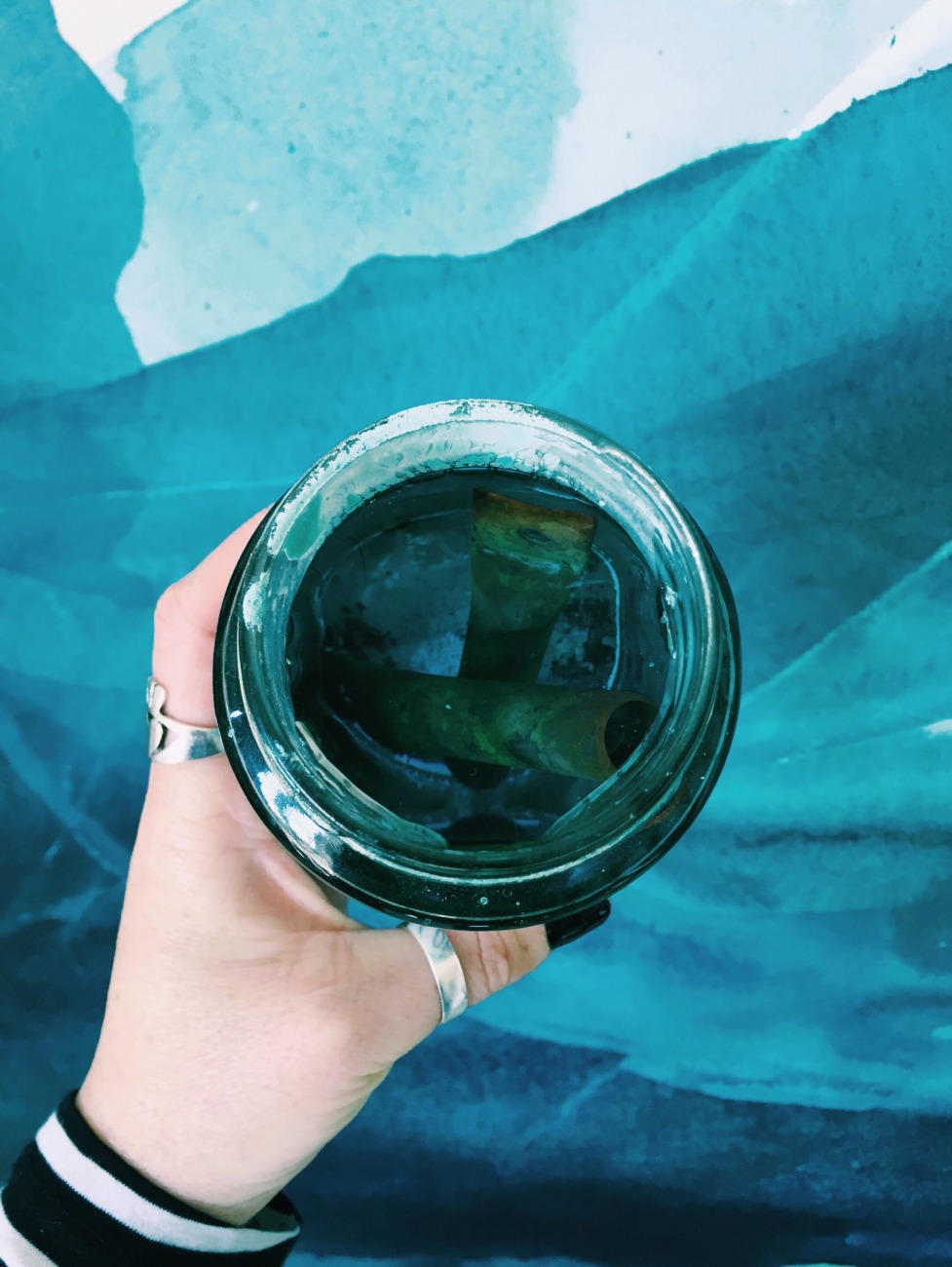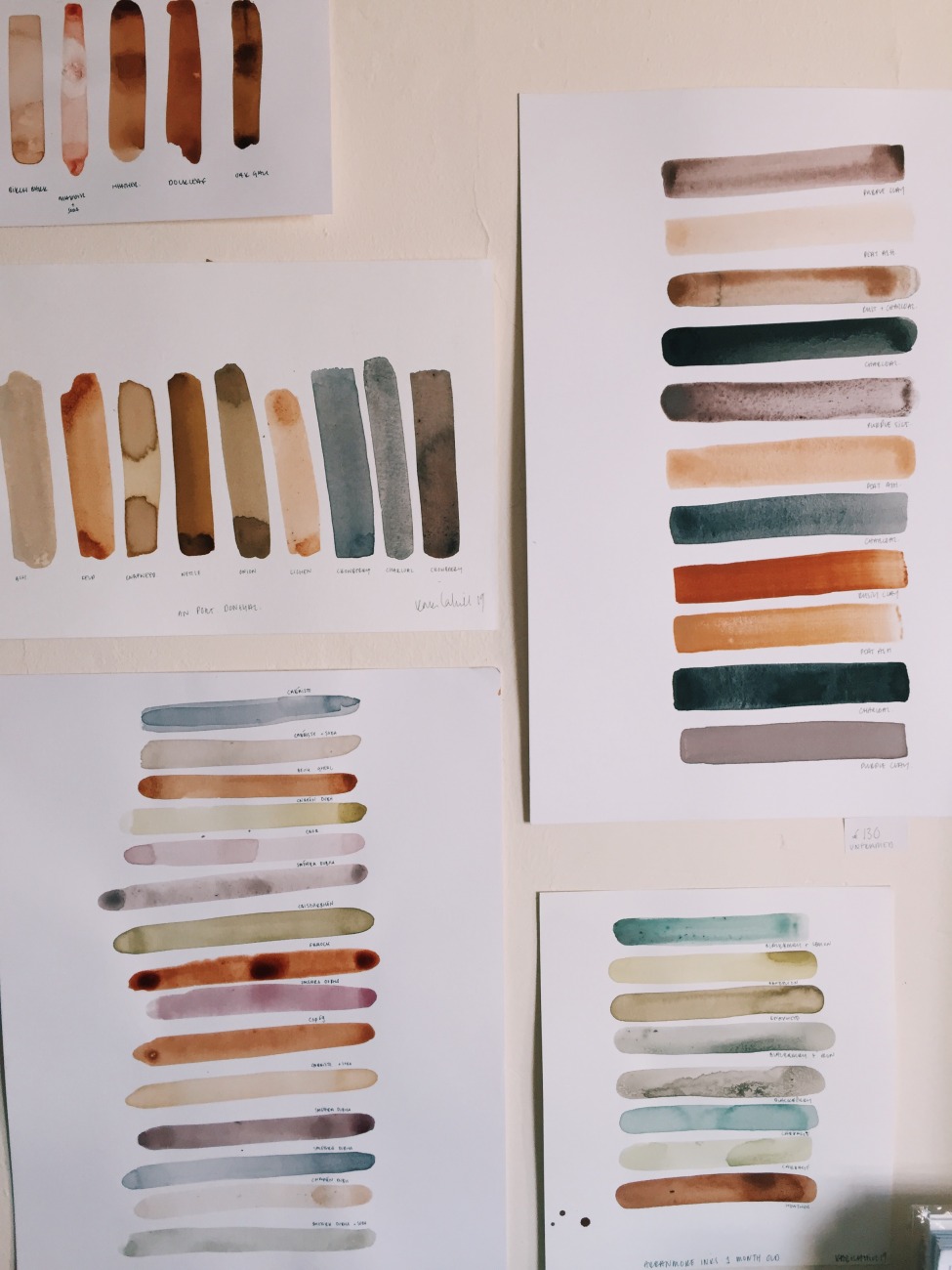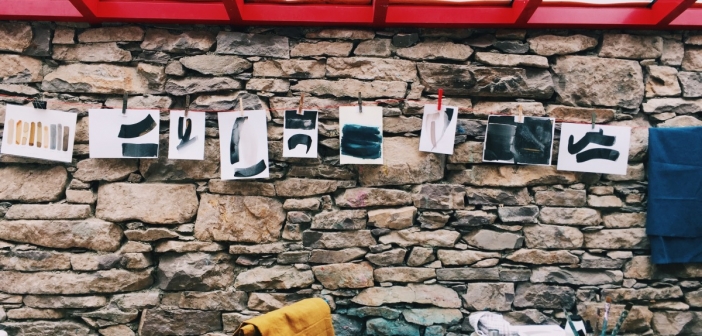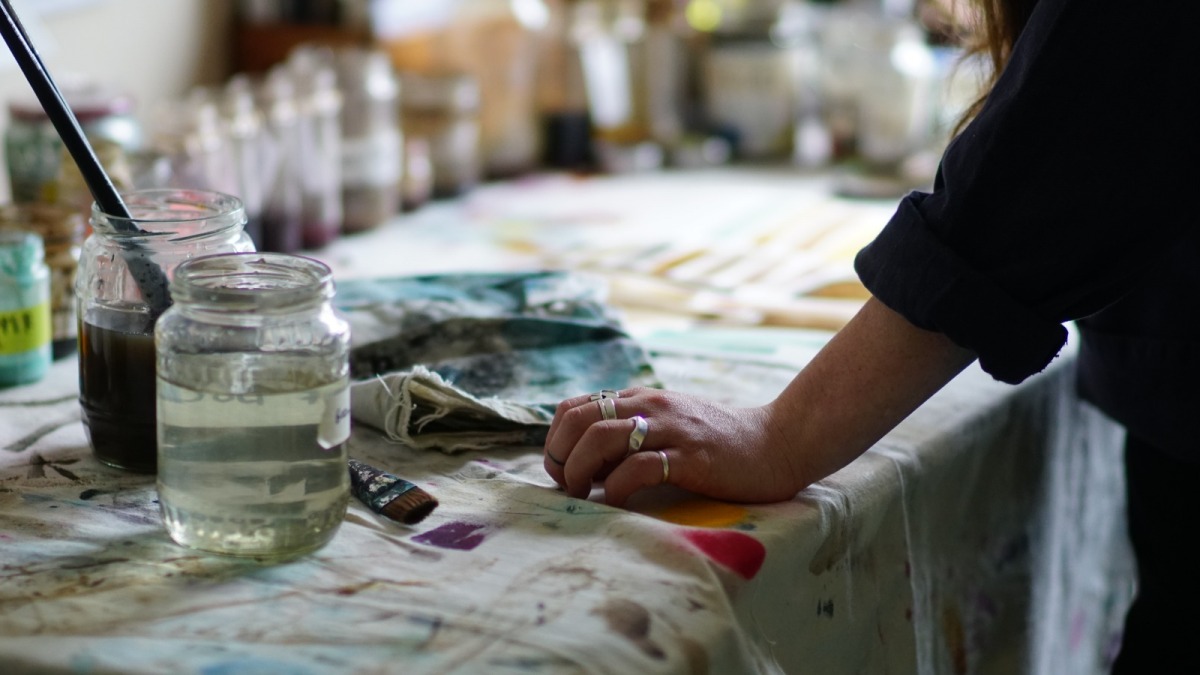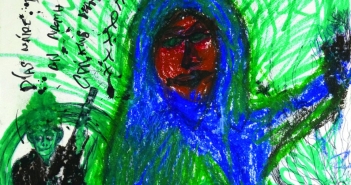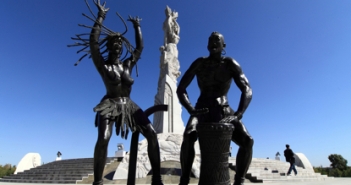Introduction
The word ‘landscape’ not only refers to the topography of an environment, but also to its existence within society, consciousness and experiences. As we move through our existence we traverse thousands of constantly shifting landscapes – geographic and experiential- moulding them around us. Boundaries shape how we think, move and express ourselves. Our ability to understand ourselves, and our place in this world, rests on our collective responsibility to protect and celebrate our surroundings.
My work is grounded in an exploration of ‘landscape’ through colour and texture. Visually, I create bold, visceral works that stretch between two and three dimensions. My work is site-responsive and my large scale works are created and exhibited in remote, wild locations, inviting audiences to experience the works in situ. I describe myself as a painter, although my practice spans various mediums including bio colour, printmaking, sculpture, photography, installations. In 2016 I created a site-responsive arts organisation with artist Hazel Mc Cague. Lay of the Land strives to support artists and communities through the production of art.
Paying heed to ‘landscape’ requires acknowledgement of its physical, cultural, historical, economic and social influences. This is intrinsic to both my practices. My own work focuses on colour as a means of investigation, whereas Lay of the Land employs large scale exhibitions and residency structures to empower artists and communities to respond to “site” collaboratively.
Site Responsive Art
Site-responsive art serves to enliven the relationship with the natural environment. It is an immersion in, investigation of, and response to ‘site’. In my mind, site-responsive art is a kind of collaboration, between artist and place. Having a site-responsive practice requires me to spend periods of time immersed in nature, exploring sites by actively engaging with them. These journeys are integral to my work. Not only do I respond to thecol landscape but I create colour from within the landscape. The act of searching for the colours forces me to approach the environment with a bold investigation and is as much part of the process as the resulting palette. The process of creating bio-pigments and paints this past year has allowed me to contrast factory produced colours with a more circular-centred approach to making. I am shifting my work away from reliance on disposable, unsustainable, petroleum-based materials such as acrylic. The resulting paintbox of bio-colour highlights the spectrum of materials that grow in abundance around us.
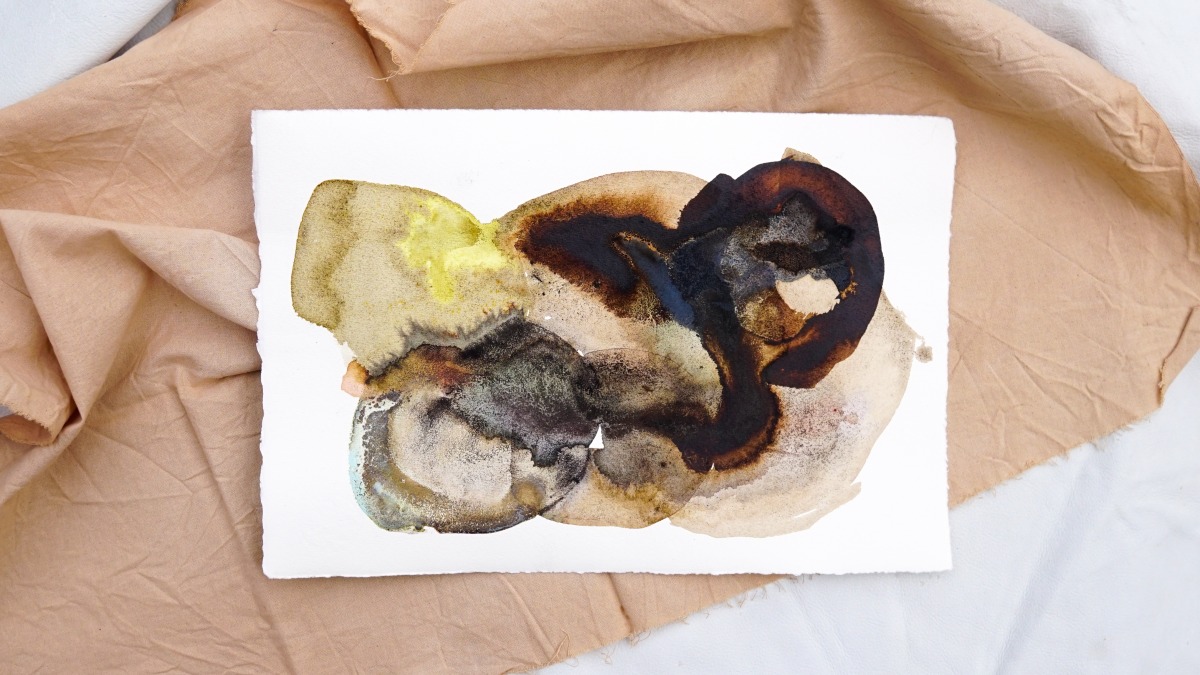
What my work looks like
I have a direct and intuitive process of energetic mark-making which allows me to better understand the physical and visceral experience of an environment. I use strokes and colour combinations as a way to invite the audience to explore the landscape. My work features the interplay of light and tone to create a balance of motion. I drip, scrape, bruise and blush colour onto surfaces. I sketch, paint and draw. This creates a visual map from which the aesthetic and form of my larger paintings or installations stem from. I record the energy of crashing rain, the piercing light at sunset and the slow shadows across the mountain, weaving them between stories and folklore I hear through conversations along the way.
Colour-making from the Environment
I create paint from seaweeds along the coast, from rocks and sand at diverse, geological sites, from local wildflowers in maritime grasslands, from cliffs and ledge habitats. I dig earth pigments from mineral-rich, low-lying valleys and extract botanical pigment from native trees. I search for hues found within lichen, moss, algae and fungi. Paying attention to the industrial and maritime heritage of our island, I collect copper and iron scraps at industrial and port areas. I gather, grind, pulverise and suspend the materials in order to produce ecologically friendly paint particular to each environment. The pallets of colour form the foundation of my artworks.
The parameters for colour creation expands considerably in a controlled environment. Using my studio as a laboratory I tweak ph levels and apply lake pigment extraction methods to alter viscosity. I oxidise copper scraps with vinegar to make a beautiful blue colour and modify the vibrance of berry ink using iron oxides from rusty nails. Allowing the materials to decay or chemically change through these natural processes I can connect with the ephemeral, geographical, and cultural nature of the landscape. I pool, drip and soak pigments onto the surface of paper and canvas, calling them to interact with each other. Precipitation occurs as the pigments permeate. As the painting dries new colours emerge. Through my research and experiments I am creating a compendium of colour; detailing the shades and hues achieved from.
Sustainability and the Future
Artistically, my aim is to drive artists and the experience of art outwards into the wild environments of the natural world. High-quality artistic work energises through a sense of place-making and engagement with culture, history and heritage. By working within the public realm my work has the potential to engage with an audience outside of art institutions and galleries. These audiences are presented with work that speaks about sustainability through exciting colour interventions, while simultaneously imbuing a sense of value and appreciation for the arts into their psyche. By celebrating the resources nature has to offer us, we can alter the perception that a linear economy is necessary and open to exploring more circular based templates of development.
My process of creating colour echoes age-old techniques that have been employed by humans for millennia. These techniques have had a huge influence over our cultures, from the charting of trade routes to the dissemination of knowledge and cultures between tribes, to the sealing of legal documents with signatures. Marking ourselves in time is part of the human condition but natural processes have been cast aside in favour of factory-produced chemicals that produce vast amounts of waste, pollute rivers and damage the overall health of our environments and therefore, our society. I will search for new forms of interaction that could transform our ambitions, values and perceptions in order to build a more sustainable future. My artistic practice can contribute to the development of new perspectives on our cultural, historical and natural landscape.
Where I am Going Next
I have been accumulating, gathering, foraging, collecting and recording places in Ireland. Collectively, these pieces are beginning to emerge as the foundation of a new project – a site-responsive book tracing the experience landscape through colour and texture. The book will be a map of sorts, where facts are replaced by experiences, and place names with colours.
The book will exist as a collection of thoughts and discoveries, bound together, archiving that place, in this era. Accompanying a pigment glossary, the book will contain musings written in situ, spoken histories captured through conversations, and small trail maps that identify locations rich in bio-diversity and bio-colour.
The site-responsive nature of my work, paired with the deepening of my practice towards a more sustainable approach to making has increasingly made me question urban living. In March this year, I decided to move away from Dublin, which has served as my base for the past decade. I write this piece from Sligo, where I moved with my partner Fellipe Lopes, right as the lockdown kicked in. Sligo is situated on the North West Coast of the country and features looming mountains, jagged coastlines, scattered lakes, and rich woodland. It’s as well known for its literary heritage as it is ‘The Rovers’. Its accent dials from steady, almost flat, to a Donegal lilt.
Tomorrow I move into The Model where I will have a studio for the next two years. Although there is something exciting immediate about working in make-shift, back-of-the-van studios on the edge of the Atlantic for weeks at a time, there are benefits to a longer-term studio space where my practice can unfold. I look forward to seeing the nuances of how the landscape, culture and community of Sligo shift my thinking, my production, and the development of all strands of my creative process.
Where to find my work
You can explore my work on my website or through Instagram. Join my newsletter if you would like a drop of colour research in your inbox every once and a while, or if you’d like to know more about my projects and events. If you prefer real-life interactions, I invite you to visit my studio.
Website: https://www.karicahill.com/
Studio Artist at The Model, Sligo.
Director of Lay of the Land.

